What fertilizers for cabbage need to be applied to get a good harvest
Cabbage is a very common vegetable crop. But in order to obtain stable yields of tasty and healthy heads of cabbage, it is necessary to timely fertilize the cabbage. It should be borne in mind that at different periods of growth and development, this vegetable requires different nutrients.
Fertilizers for white cabbage when planting seedlings
Due to the growth of a large volume of green mass, cabbage consumes a lot of basic elements from the soil. Therefore, to obtain dense and large heads of white cabbage, systematic feeding should be carried out. These vegetables absorb organic matter well. Can apply manure for autumn digging or plowing. In the spring, only rotted manure or compost should be applied to a shallow depth.
In the spring, during the period of active formation of green mass, white cabbage requires nitrogen, during the formation and growth of a head of cabbage - potassium and phosphorus.
It is necessary to start fertilizing for cabbage in the form of dressings already during the period of growing seedlings. Usually mineral fertilizers are used for this.
- It is advisable to carry out the first liquid feeding one and a half weeks after picking the seedlings. To prepare a solution, 2.5 g of ammonium nitrate, 4 g of superphosphate and 1 g of potassium chloride must be dissolved in a liter of water.
- After another week - one and a half, it is necessary to feed with ammonium nitrate (3-4 g per liter of water)
- A few days before planting white cabbage seedlings in a permanent place, fertilizing with complex fertilizer is carried out. (2 g of potassium chloride, 8 g of superphosphate and 3 g of ammonium nitrate per liter).
If the soil was specially prepared for cabbage (organic matter was brought in for autumn or spring digging), then when planting seedlings, there is no need to apply top dressing. If the beds have not previously been fertilized, then nutrients can be applied directly to the hole before planting young sprouts of white cabbage. The following mixtures are most suitable for these purposes:
- About half a kilogram of compost or well-rotted manure must be mixed with the ground, add wood ash (2 tablespoons) and a teaspoon nitrophoes or superphosphate... The resulting mixture is poured into the hole.
- One or two handfuls of ready-made compost or humus and two full matchboxes of ash are mixed with the ground in a hole, where the plants are then planted.
Mineral fertilizers for cabbage
If the soil was filled before planting seedlings, then there is no need for the first top dressing, if not, then the first top dressing is carried out two weeks after planting the plants in the beds. During this period, plants need nitrogen, so they use urea (30 g per bucket of water), ammonium nitrate (20 g per 10 liters). You can feed the mullein solution (half a liter can for a bucket of water).
The second feeding should be done half a month after the first. Complex fertilizers are used for it. In 10 liters of water, dilute liquid mullein or bird droppings (0.5 liters per bucket of water), add 30 g to the solution azofoski and 15 grams of complex fertilizers with microelements (for example Kemir or Solution). Mineral fertilizers can be replaced with 1 liter of ash infusion.
Further feeding should be done every 10 days, but only for late varieties of cabbage. For them I use the same solutions as for the second one.
The last dressing must be carried out so that at least 20 days remain before harvesting the white cabbage.
Fertilizers for cauliflower
Cauliflower is very responsive to feeding. Land for planting is prepared in the same way as for white cabbage. The first feeding with a solution of bird droppings or mullein (1:15) is applied one and a half weeks after planting young plants in open ground.
The next feeding should be done when the heads begin to form. For this, complete mineral fertilizers are used. A ready-made vegetable mixture (100 g per bucket) is suitable, or you can collect the fertilizer yourself: in a bucket of water, you need to dilute 50 g of superphosphate and 20 g of potassium chloride and urea each. Consumption is from 0.5 to 1 liter per plant. Top dressing is repeated every week, combining them with watering (in hot and dry weather - after one watering). After each watering and fertilization, it is necessary to loosen the soil well between the rows. In order for the cauliflower to have white heads, it must be protected from sunlight. The easiest way is to fold 2 sheets and cover the heads of cabbage with them.
Cauliflower reacts well to foliar feeding. At the beginning of the growing season, plants require nitrogen, therefore, spraying is carried out with a solution of ammonium nitrate (10 liters - a matchbox). With the appearance of the first heads of cabbage, it is very useful to dust the plantings with wood ash once a week. This procedure must be carried out on wet leaves so that the ash adheres well to the leaves.
Observing the plants, you can determine what substances it lacks, and, therefore, what fertilizers need to be applied to the cabbage.
- If very small heads are formed, this usually occurs with insufficient nutrition and low humidity. Lack of molybdenum and boron may also be the reason. Poor quality plants form on heavy loamy and acidic soils. With a keel disease, small heads are also formed.
- With an excess of nitrogen, especially if there is an insufficient amount of potassium in the soil, the heads are scattered. The same is observed if the cabbage is overgrown.
- Lack of moisture, prolonged increase in air temperature (over 25 ° C), prolonged cooling can cause a fluffy and loose head.
It should be borne in mind that good precursors for white cabbage and cauliflower are carrots, legumes, onions, cucumbers, cereals, siderates... The bad ones are tomatoes, radishes, turnips, beets and radishes.
It is possible to plant this crop in the same beds no earlier than after 4 years.
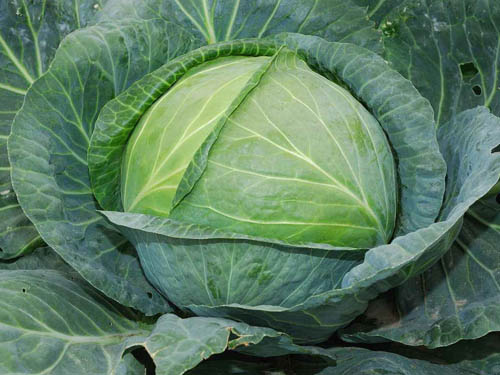
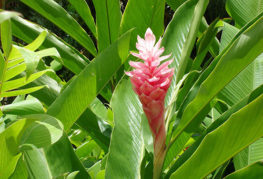
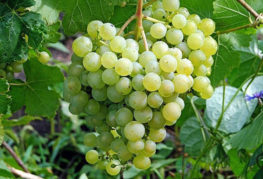
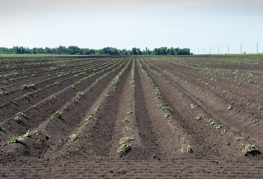
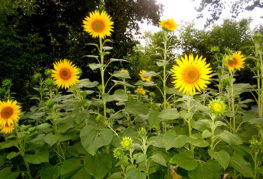
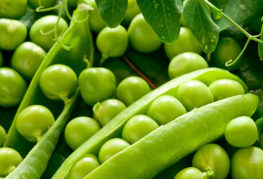
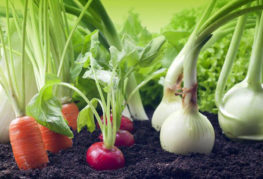
and will be published shortly.